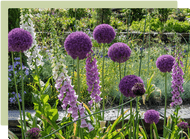Posted by Kelly Jean Reyland
4th May 2023
Tips & tricks for spring bulb success
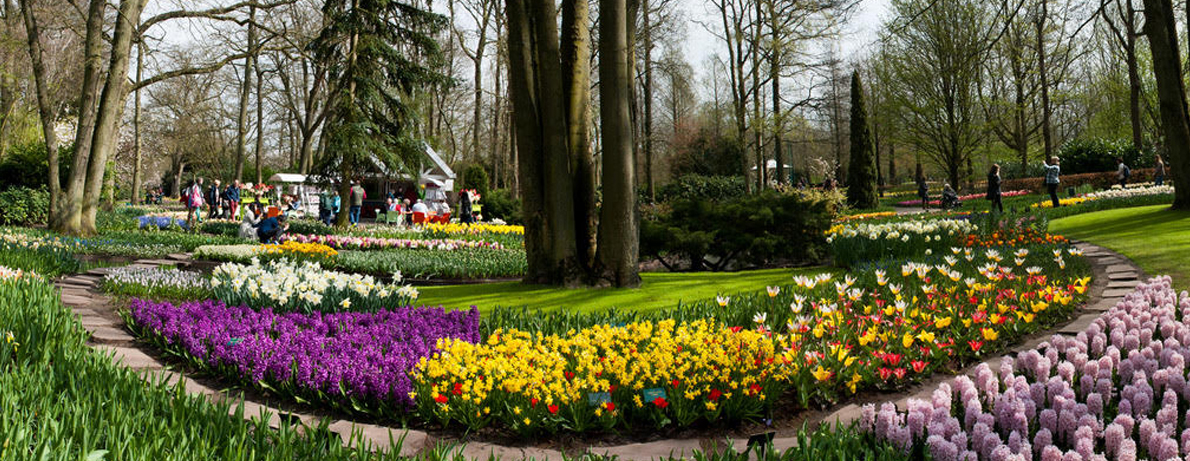
It’s time to plant Spring.
There is nothing quite like the sight of a sea of spring bulbs to lift your spirits and make you smile. Indeed, as our temperatures fall, I’ve particularly been enjoying the pictures flooding social media as Keukenhof’s 7 million spring bulbs burst into bloom on the other side of the world, in The Netherlands.
Spring bulbs are the ultimate in resilience, patience and reward. Bulbs are tucked into the soil in autumn and during winter their brave green tips appear through the soil and just as the winter feels like it’s never going to finish, they burst into bloom. Bright, cheerful and brave, announcing that spring is on its way.
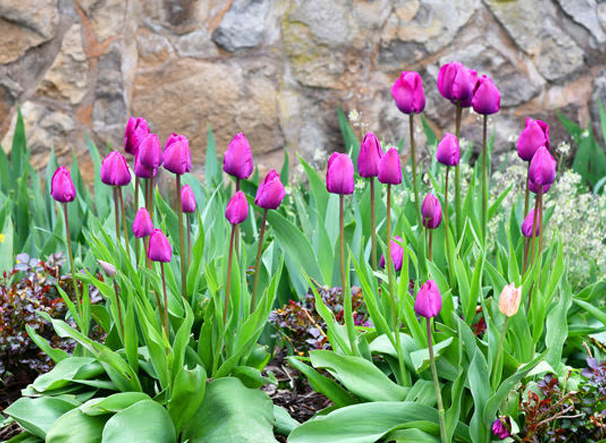
Daffodils, Tulips, Freesia, Crocus, Anemones, Ranunculus.....the list goes on. They all flower at slightly different times, so if you do a little research, you can have a show of blooms that extends from winter right through into early summer as one variety starts as another finishes.
If you particularly like one type of flower or you love to pick them for your home or for gifts, stagger your planting of that one variety, planting a number every two weeks and you’ll find you can extend your blooms (and picking) by a month to six weeks.
Another way you can enjoy different spring bulbs is to create a ‘bulb lasagna’ where different bulb varieties are planted above each other in layers of colour. As the top layer of blooms finish flowering, the next ones come through and so on. Perfect for pots, small sections or specific colour combinations.
Many of our Spring bulbs are originally alpine plants from Europe, perfectly suited to the cold and if you have ever wondered why they flop in warm rooms – that's why! They have their own unique antifreeze that protects them from even a late winter dump of snow. They may look fragile, but they are tough! This is why many of the bulbs perform best with a winter chilling period and can be the reason why bulbs won’t flower the following the season in warmer areas. In these areas, it’s best to chill them for 12-16 weeks before planting when you initially buy them and if you want them to flower again, it’s best to lift them and chill them again before replanting. Alternatively, you can treat them like annuals and plant new ones each year.
When you are buying from a store, choose firm bulbs – check the packets before you buy! - any soft or squishy ones are a sign of disappointment to come.
Choose the right situation for them to flourish. Full sun to part shade – think of the classic images of masses of daffodils or bluebells under bare deciduous trees – are best and well drained soil is a must.
If drainage is an issue at your place, plant them in pots.
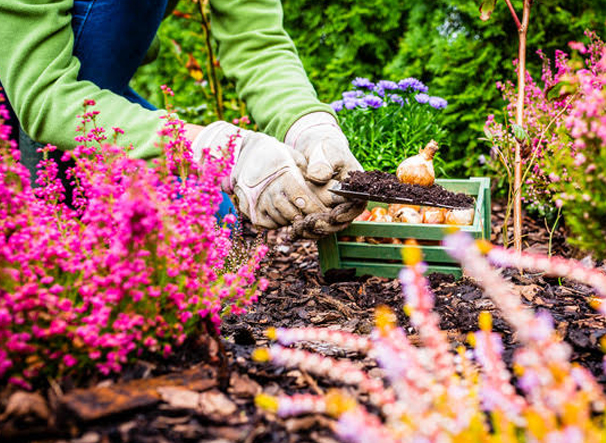
Spread mulch or compost over them annually to help improve the soil and feed with a bulb fertiliser that has higher levels of phosphorus and calcium to support bulb development. The best time to do this is when the green tips start poking through and while it seems counter intuitive, once the flowers finish and start trying to set seed. It’s at this point when the bulb starts to store resources for the following season. Allowing the foliage to die back, without cutting them off, enables as many nutrients as possible to be stored for next years flowers. It is also a good idea to cut off any seed heads as they start to develop as these will divert precious energy from being stored.
At planting time, the general rule is to plant them 3-4 times their height, deep. For example, a 4cm high bulb would be planted 12-16cm deep. Many of the bulb packets come with a handy planting depth guide on the back of the label. If you want your flowers to stand up tall on strong stems, please take care to plant them at the correct height. Flowers that flop over at the first hint of a breeze do not put on a good show!
There is a wide world of bulbs, with many treasures that are not easy to find. Many just aren’t grown commercially anymore so your best source is other gardeners, markets and often church fairs! If you have a hankering for the stunning Alliums you see on social media, they are no longer allowed to be imported due to the threat of pests and diseases to NZs sizable onion export crop. There are limited numbers already here, new ones just can’t be brought in. If you are on the hunt, search online or ask other keen gardeners – most are very happy to share or pass on where to find these gems!
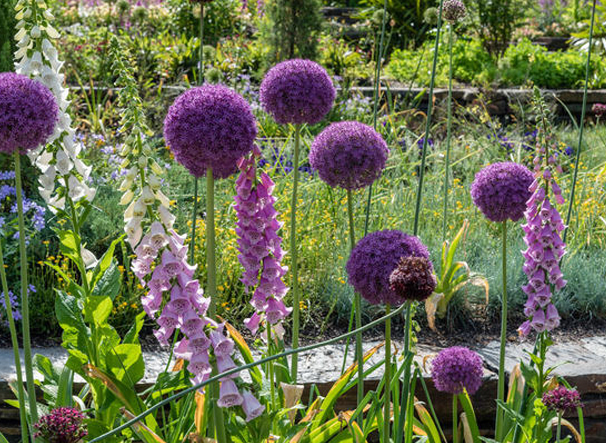
A garden with interest in every season is a garden you’ll actively enjoy all year round. Take the time now to plant bulbs for spring colour. You’ll be so glad you did!
By Kelly Jean Reyland of Garden Advice NZ.
www.gardenadvice.co.nz


